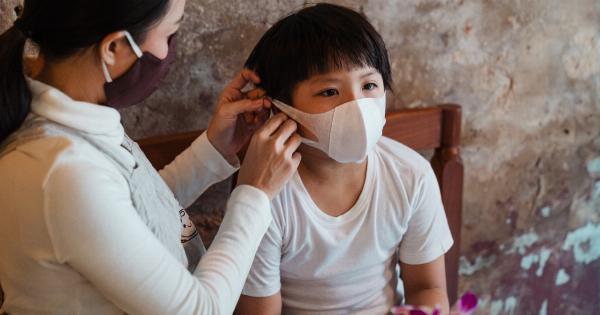Koxaki virus or Coxsackievirus is a common virus that is known to cause a range of illnesses, including hand, foot, and mouth disease (HFMD) and meningitis. It is most common in children under the age of 10, but can affect people of all ages.
Understanding the symptoms and potential impact of this virus is important for the health of your child and pregnancy.
What is Koxaki Virus?
Koxaki virus belongs to a group of viruses called enteroviruses. It is highly contagious and can be spread through person-to-person contact, contaminated surfaces, or through the air via coughing and sneezing.
Once the virus enters the body, it can cause a range of illnesses, from mild to severe.
Symptoms of Koxaki Virus
The symptoms of Koxaki virus can vary depending on the type of illness it causes. The most common symptoms include:.
- Fever
- Sore throat
- Headache
- Muscle aches
- Fatigue
- Nausea
- Vomiting
- Diarrhea
- Hand, foot, and mouth rash
- Meningitis
Symptoms can take anywhere from 3-7 days to appear, and people infected with Koxaki virus are most contagious during the first week of illness.
However, the virus can remain in the body for several weeks after symptoms have disappeared and can still be spread to others during this time.
Koxaki Virus and Pregnancy
For pregnant women, Koxaki virus can be a cause for concern. While the virus itself is not harmful to the developing fetus, it can cause complications if a woman contracts the virus during pregnancy.
Pregnant women infected with Koxaki virus are at a higher risk for premature delivery, miscarriage, and stillbirth.
Infants born to mothers who were infected with Koxaki virus during pregnancy may also be at risk for complications. These can include respiratory distress, neurological disorders, and problems with heart function.
Preventing Koxaki Virus
Because Koxaki virus is highly contagious, it’s important to take steps to prevent its spread. These include:.
- Washing hands frequently with soap and water
- Avoiding close contact with people who are sick
- Regularly cleaning and disinfecting surfaces that are frequently touched
- Covering coughs and sneezes with a tissue or elbow
- Avoiding touching the face, especially the mouth, nose, and eyes
If you or your child experiences symptoms of Koxaki virus, it’s important to seek medical attention. While there is no specific treatment for the virus itself, symptoms can be managed through rest, hydration, and fever-reducing medications.
Conclusion
Koxaki virus is a common virus that can cause a range of illnesses, from mild to severe. It is most common in children under the age of 10, but can affect people of all ages.
Pregnant women, in particular, should take steps to protect themselves from the virus, as it can cause complications during pregnancy. If you or your child experiences symptoms of Koxaki virus, seek medical attention and take steps to prevent its spread.






























